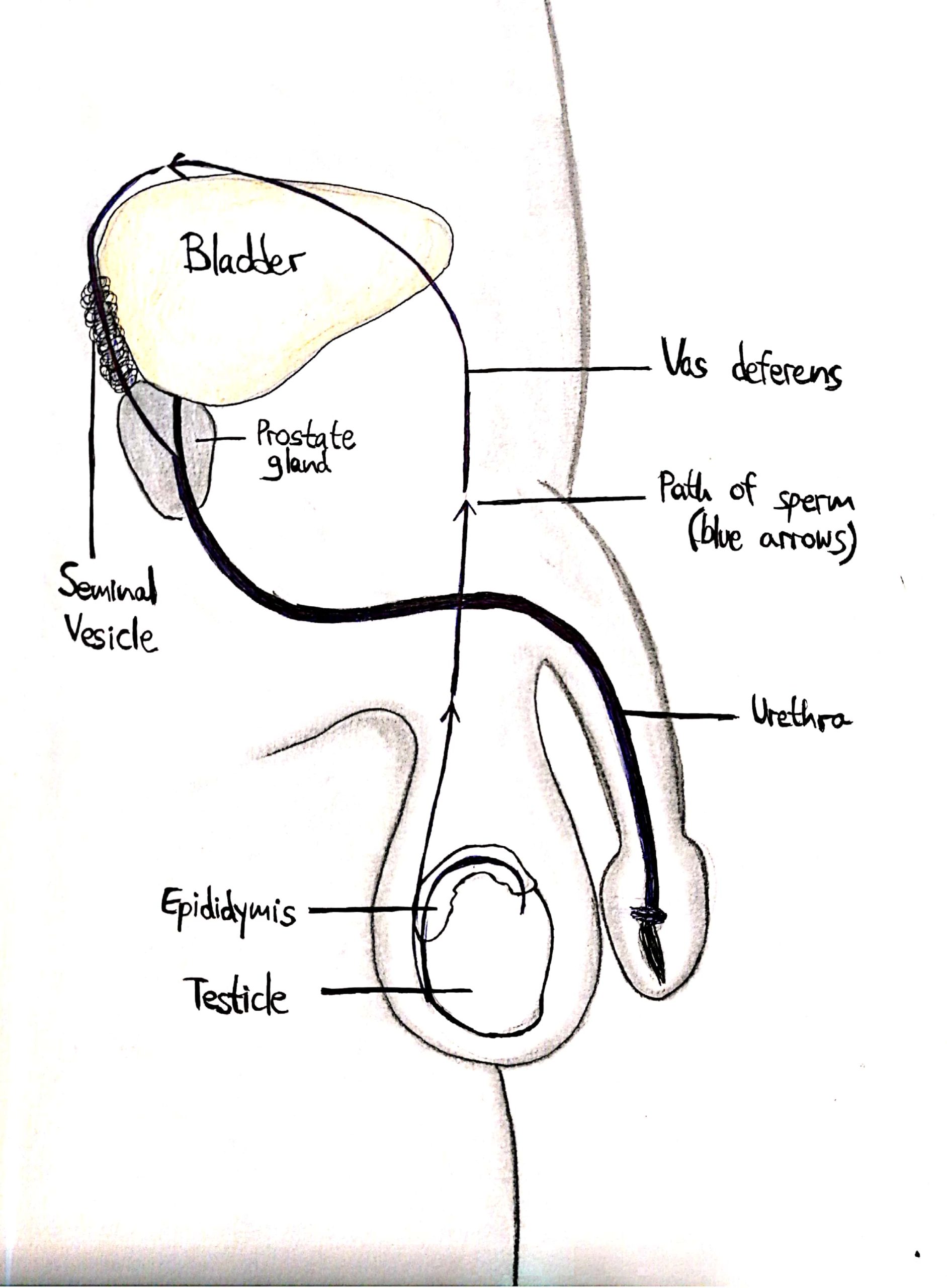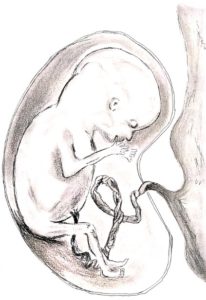The vas deferens are small tubes that carry sperm to the urethra, to be ejaculated. During a vasectomy, these tubes either are either cut or blocked, thus preventing sperm from leaving the body and causing a pregnancy. It is a simple procedure with nearly 100% effectiveness, and the patient can go home the same day. A vasectomy does not affect one’s ability to orgasm or ejaculate.
When the sperm cells are unable to exit the body, they will remain in the testicles and be eventually absorbed. It takes approximately three months following the vasectomy. for the semen to become seamless. At this point, it is recommended to perform a basic sperm analysis to confirm the vasectomy was effective.
While a vasectomy is supposed to be permanent, there is an extremely rare chance that the clipped ends of the vas deferens will grow back together on their own. There is also a surgical procedure known as vasectomy reversal, in which the surgeon can reattach them. A vasectomy reversal is much more complicated than the initial vasectomy and can be performed in one of two ways. Either the surgeon can sew together the ends of the vas deferens, or he can perform a vasoepididymostomy. In this technique, the doctor attaches the vas deferens to the epididymis, where the sperm is stored. This method is usually a second choice if the simpler one is not an option.




